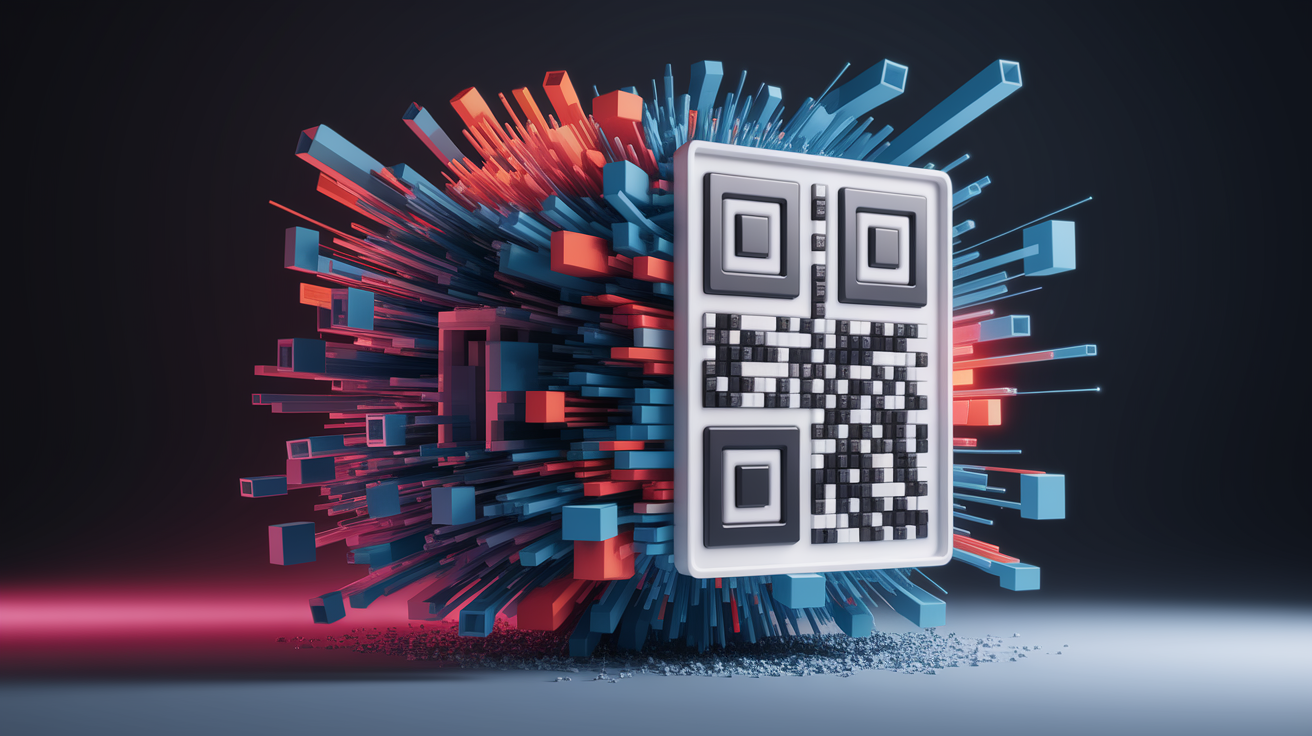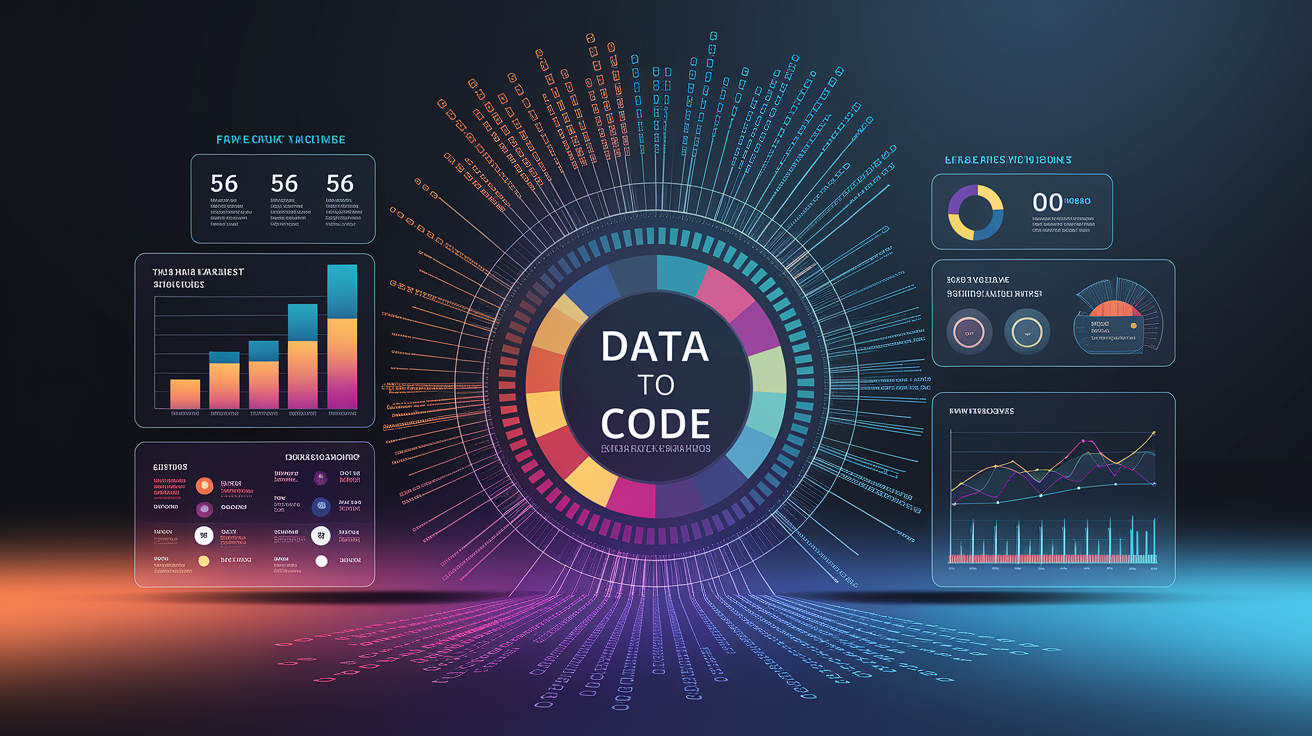Quick Answer: QR codes are like pixelated puzzle squares that store information in patterns of black and white modules. Your phone’s camera or a QR scanner reads these patterns to interpret and display the stored data instantly—even if the code is tilted, partially damaged, or printed in miniature.
Unmasking the Matrix (Introduction)
From restaurant menus and product packaging to train tickets and advertisements, QR codes—or Quick Response codes—have become a modern gateway from the physical to the digital world. These compact two-dimensional barcodes can store web links, contact details, payment info, and more, all within a grid that scanners can read in seconds. But how exactly do these pixel-like symbols transform into usable data on your screen? Let’s explore the fascinating design and technology behind them.

Anatomy of a QR Code
A QR code is more than just a random jumble of black and white squares. Every feature has a purpose, ensuring your smartphone can read the code accurately at lightning speed.

- Modules: The small black and white squares are called modules, representing binary data—black is “1”, white is “0”.
- Finder Patterns: Three large squares in the code’s corners help scanners locate and orient the code no matter how it’s angled.
- Alignment Patterns: Smaller helper squares that ensure the QR code’s grid is correctly read, even if curved or distorted.
- Timing Patterns: Alternating black-and-white lines that help define the code’s structure.
- Quiet Zone: A blank margin around the code that separates it from surrounding designs for easy detection.
- Format & Version Information: Encodes details like error correction level, mask pattern, and grid size.
You can dive deeper into the full QR code component breakdown to see how each piece works together.
From Data to Code: Encoding Explained
When creating a QR code, information such as text, URLs, or numbers is converted into binary form and arranged within the grid of modules.

- Encoding Modes: QR codes support different ways of converting data into binary, including numeric encoding, alphanumeric encoding, binary/byte encoding, and kanji encoding for Japanese characters.
- Mask Patterns: Applied to ensure that large areas of similar color don’t confuse the scanner—similar to adding contrasting stripes so patterns don’t blend together.
- Data & Error Correction: The data modules store both your information and extra redundancy for reliability.
Scanning in Action: How Decoding Works
When you point your smartphone camera at a QR code, a clever chain of events unfolds:

- The camera detects the three position markers to determine orientation and size.
- It maps the grid using timing and alignment patterns.
- The data modules are read in a zig-zag path, interpreting the bits into meaningful chunks.
- The mode indicator reveals what type of data is stored (e.g., text, numeric).
- Any errors or missing bits are checked against the built-in error correction information.
Within fractions of a second, the scanner translates these bits into a web link, contact card, or other usable content on your device.
Built-in Resilience: Error Correction
One of the reasons QR codes are so reliable is built-in error correction using advanced Reed-Solomon algorithms. This means they can still work even if they’re scratched, smudged, or partially missing.

- Levels: L (up to ~7% restored), M (15%), Q (25%), H (30%).
- Higher levels mean more space used for backup data, reducing maximum data storage but increasing reliability.
Thanks to this feature, QR codes on outdoor posters or worn packaging stay functional in real-world conditions. You can read more about their error correction system for detailed technical insights.
Beyond Plain URLs: Supported Data Types
Although QR codes are most famous for linking to websites, their flexible encoding modes allow for many different uses:
- Text messages or plain text
- Numeric data such as product IDs
- Contact cards (vCard format)
- Wi-Fi network credentials for quick connection
- Payment information in mobile wallets
- Event tickets and boarding passes
Dynamic QR codes take it a step further by allowing the stored data—often a short link—to point to content that can be updated later without reprinting, making them perfect for ongoing campaigns or adaptable instructions.
Squares that Open Worlds (Conclusion)
QR codes are a beautiful blend of simplicity and sophistication. Their grid of modules is like a tiny digital safe packed with clever design features—position markers for orientation, error correction for resilience, and versatile encoding modes for diverse data types. The next time you scan one, you’ll know that beneath its black-and-white surface lies a well-orchestrated system connecting the physical and digital worlds in just milliseconds.













